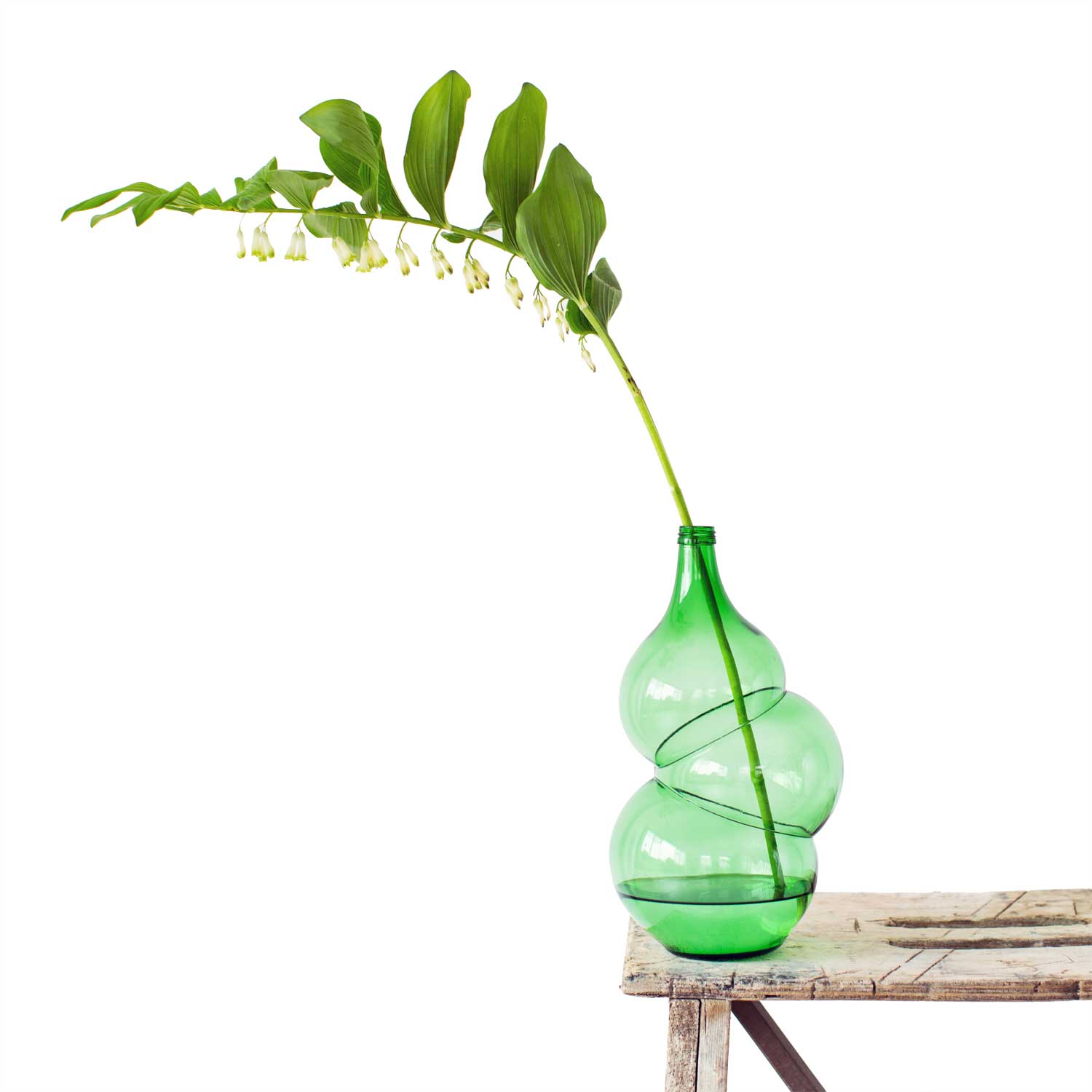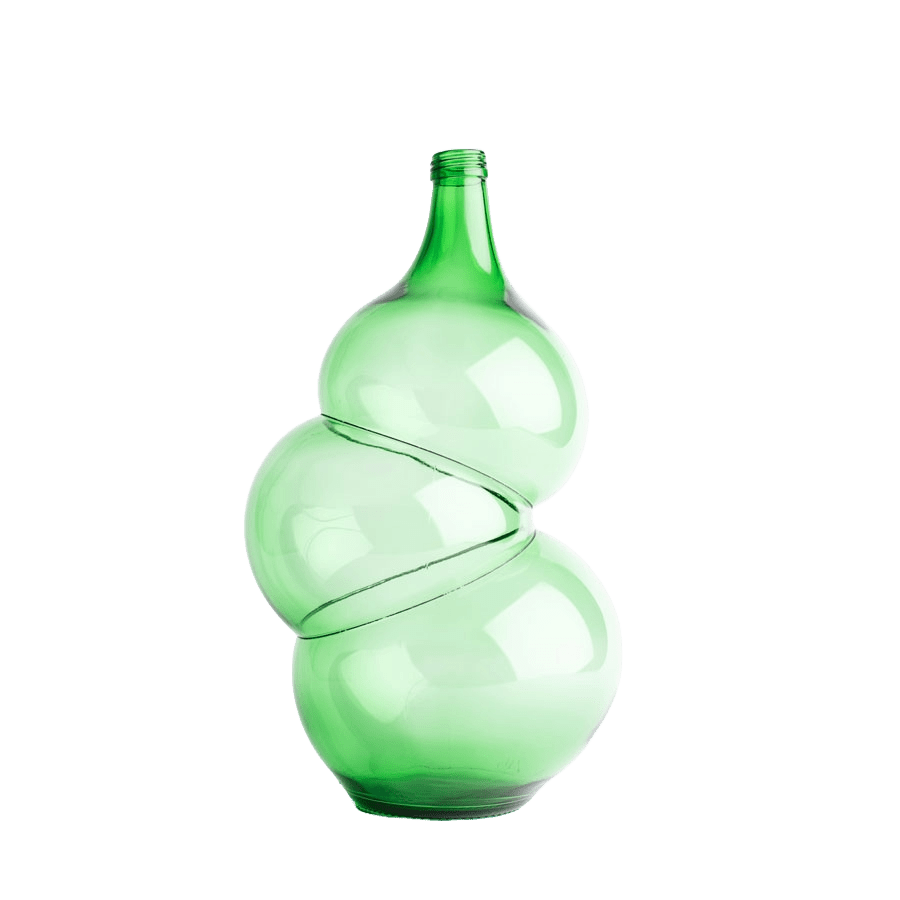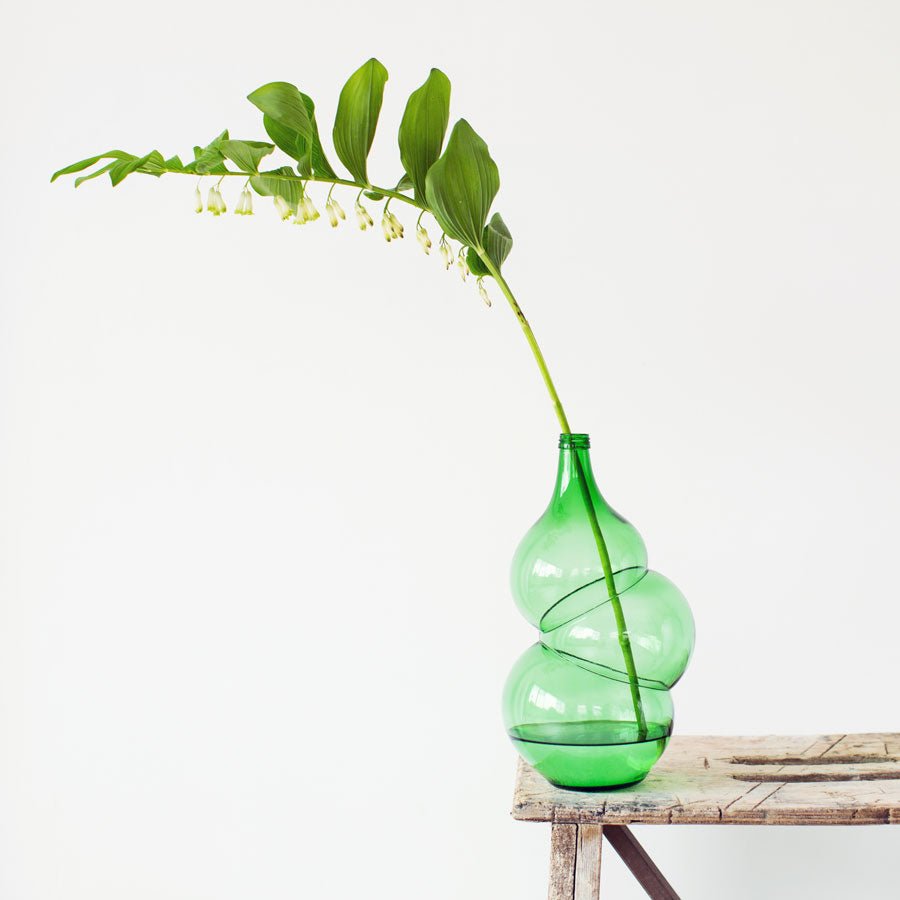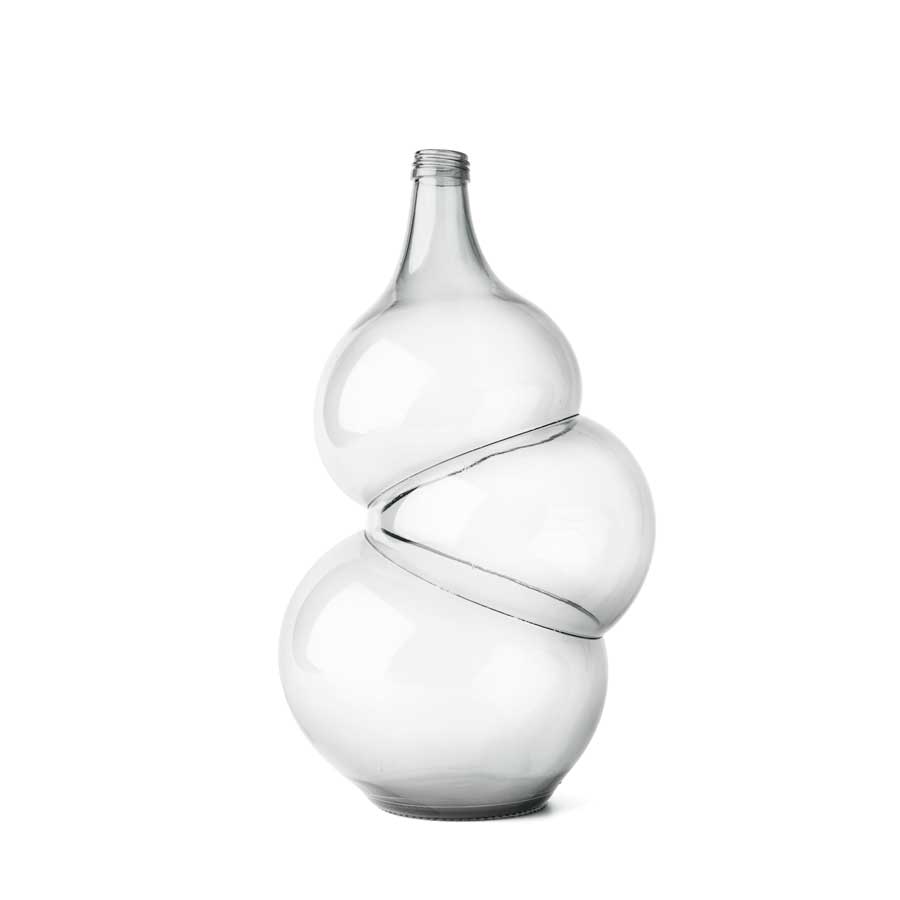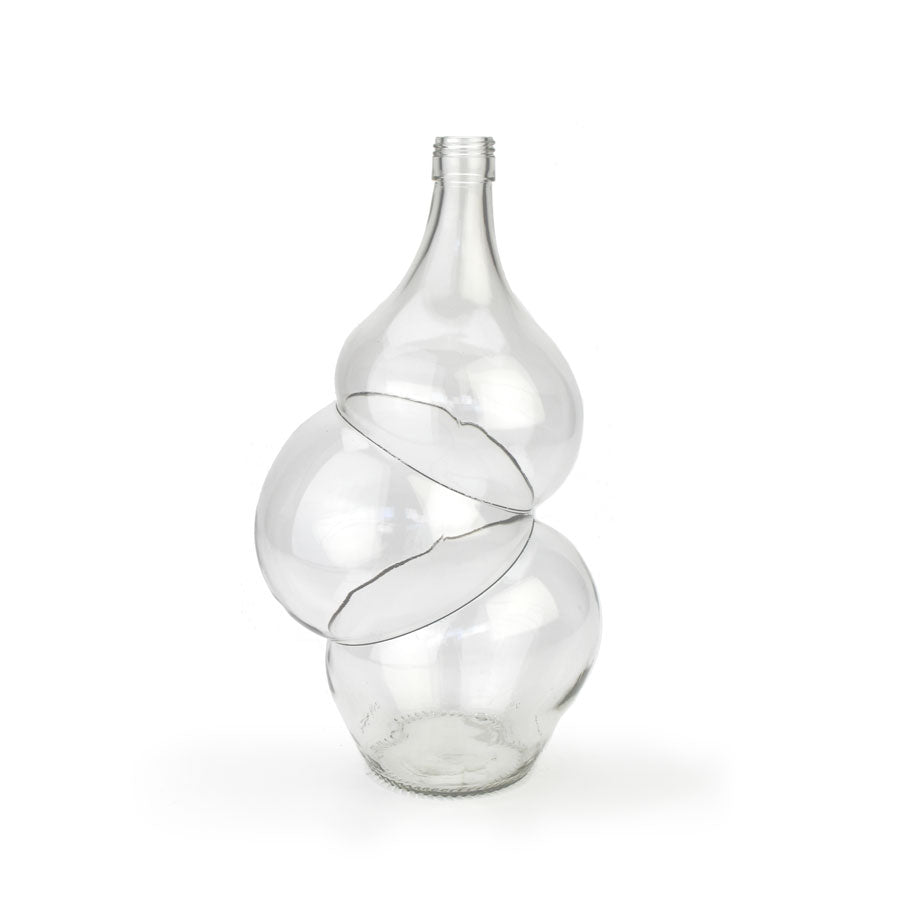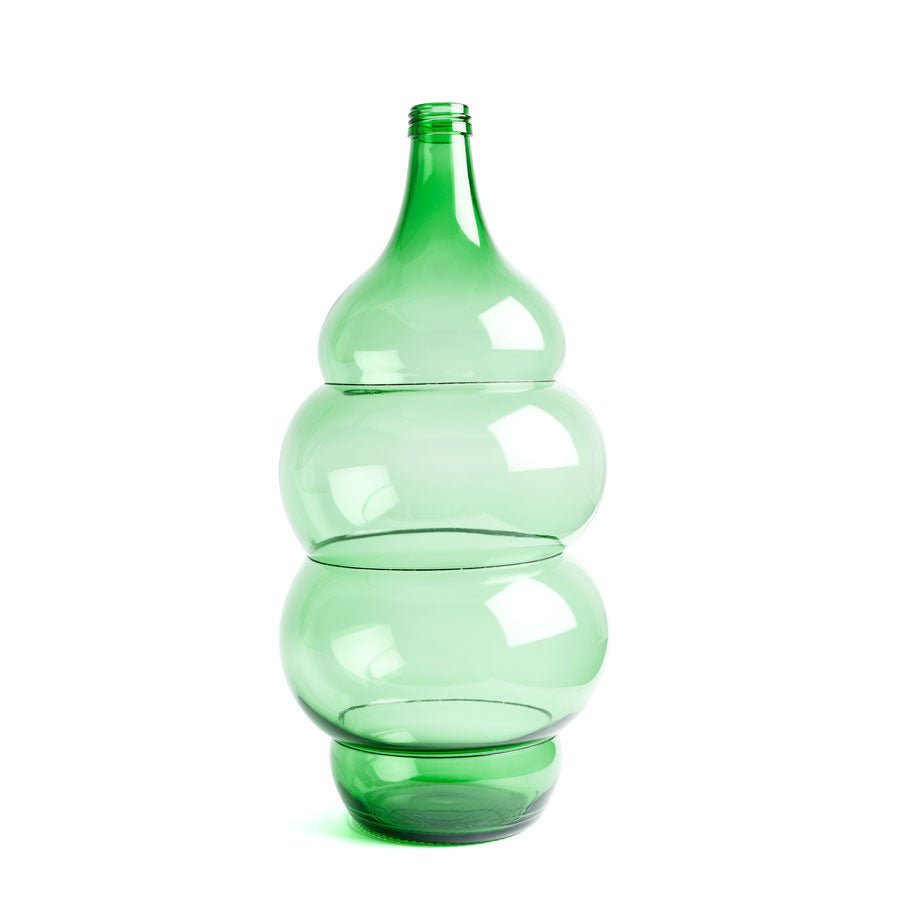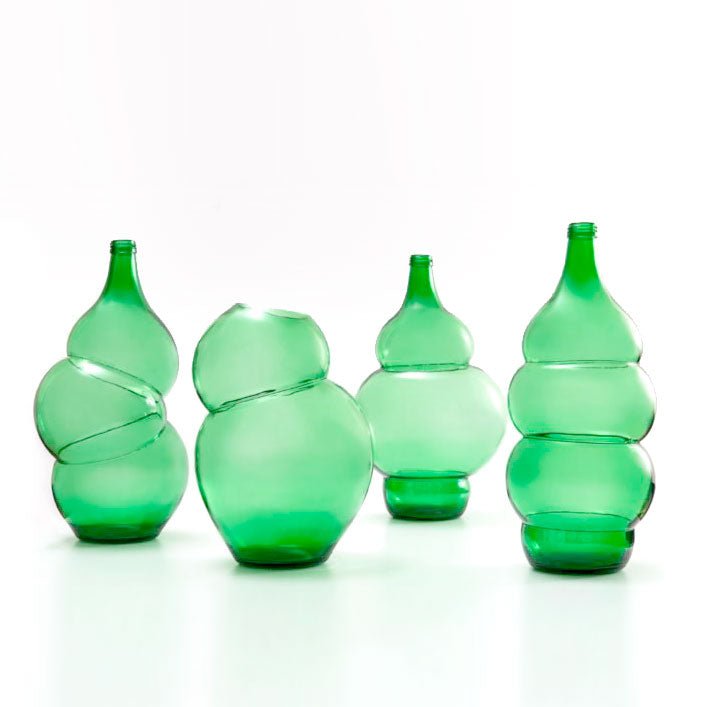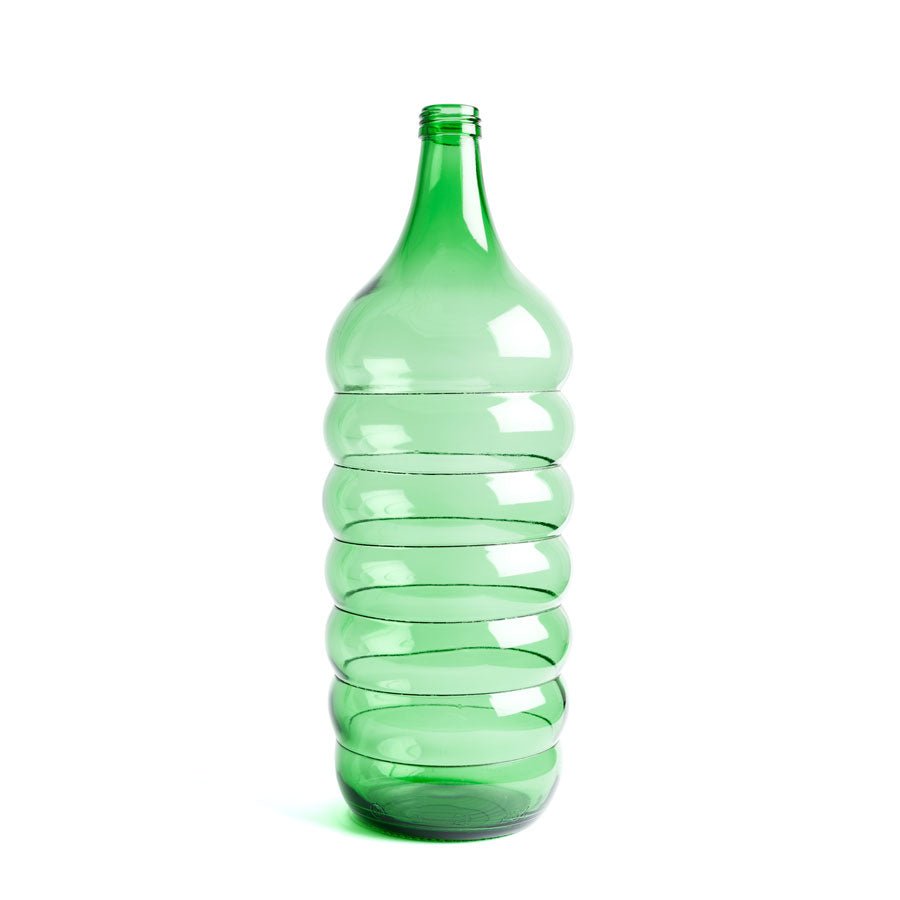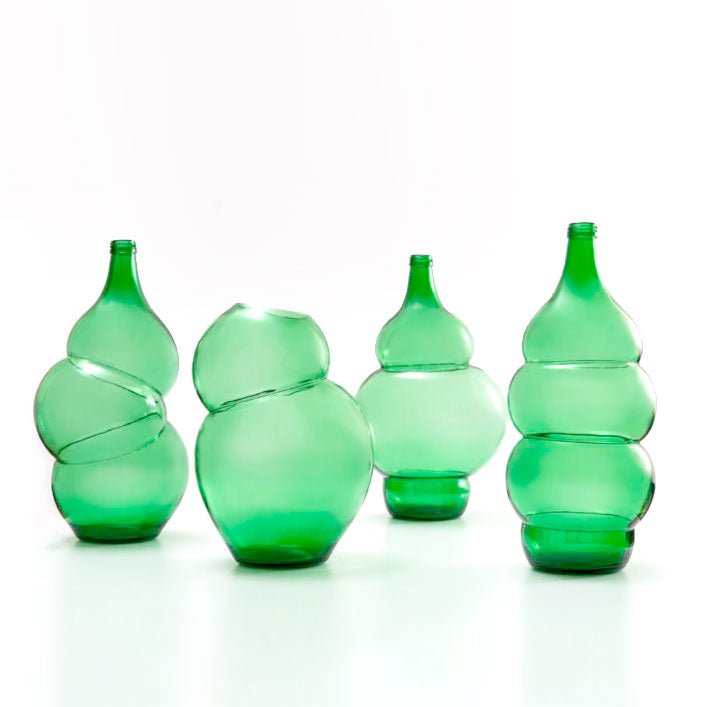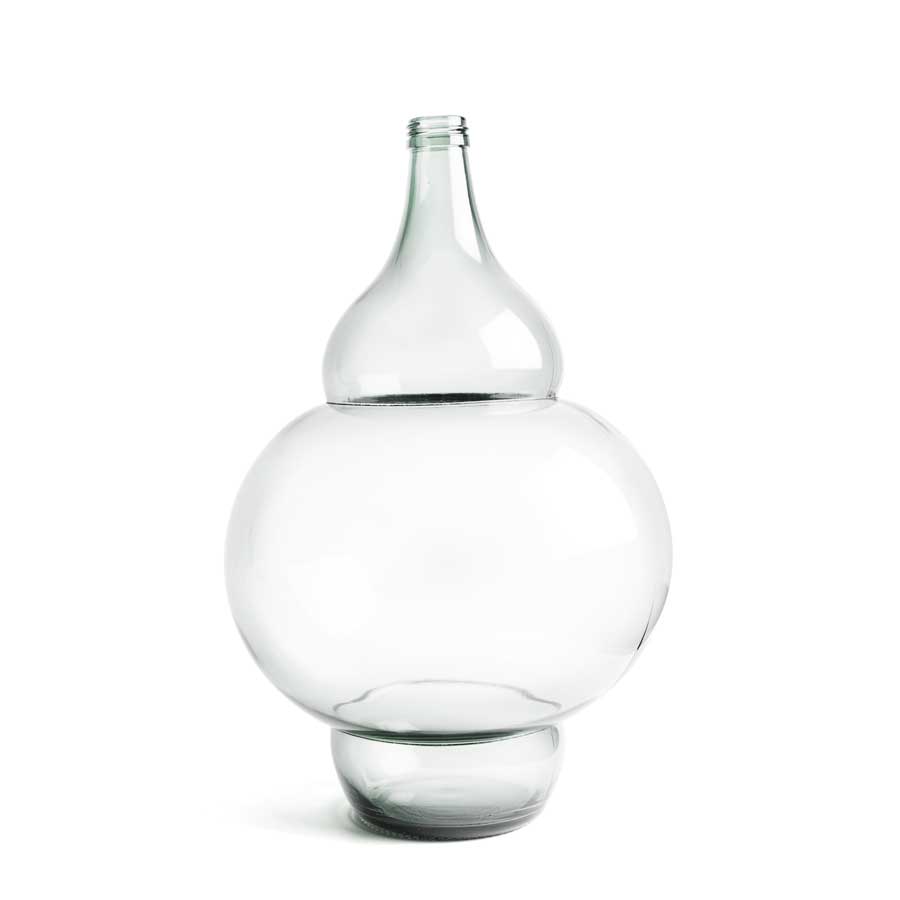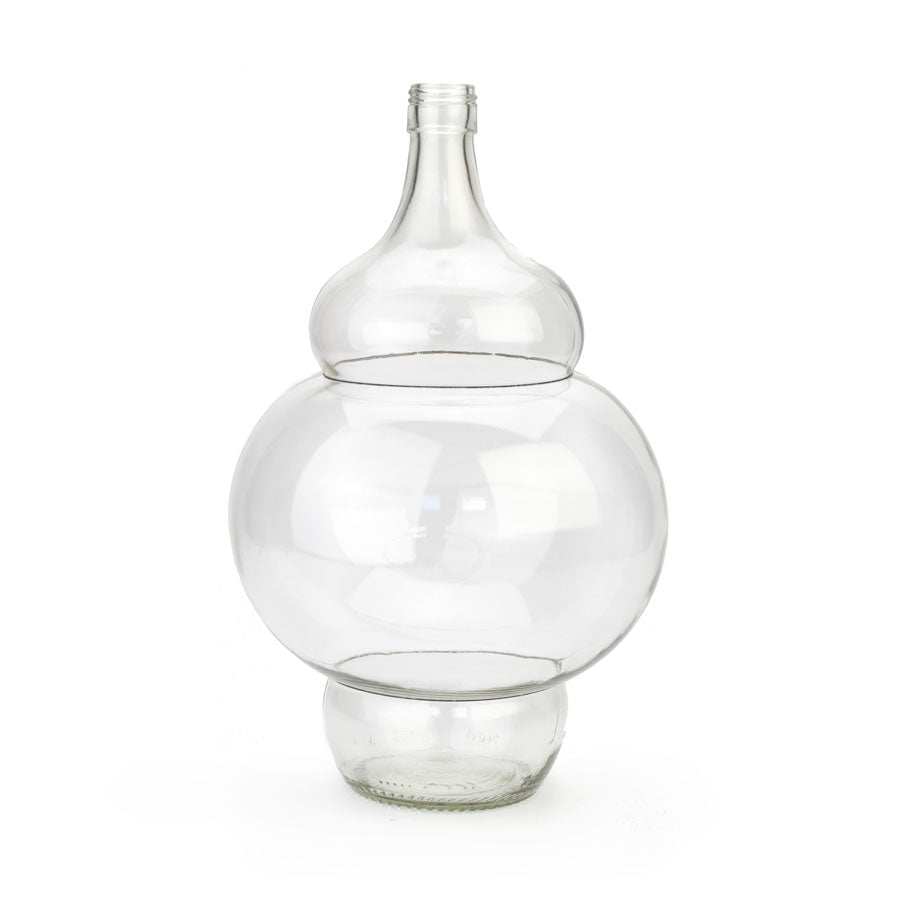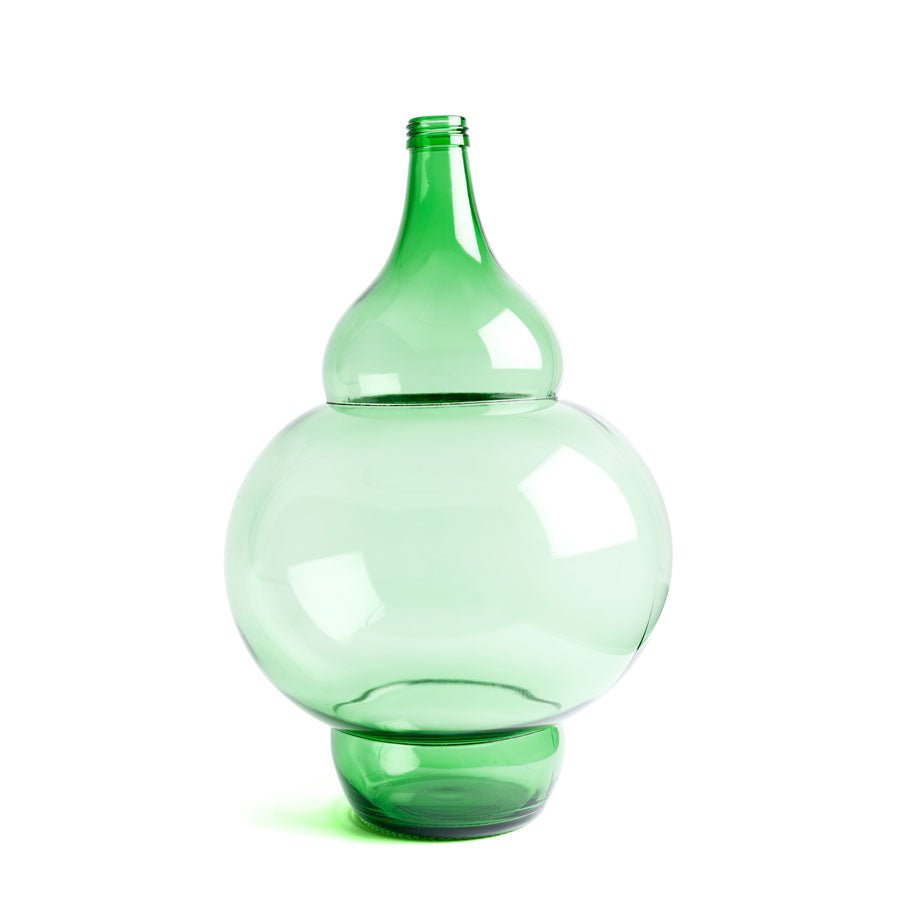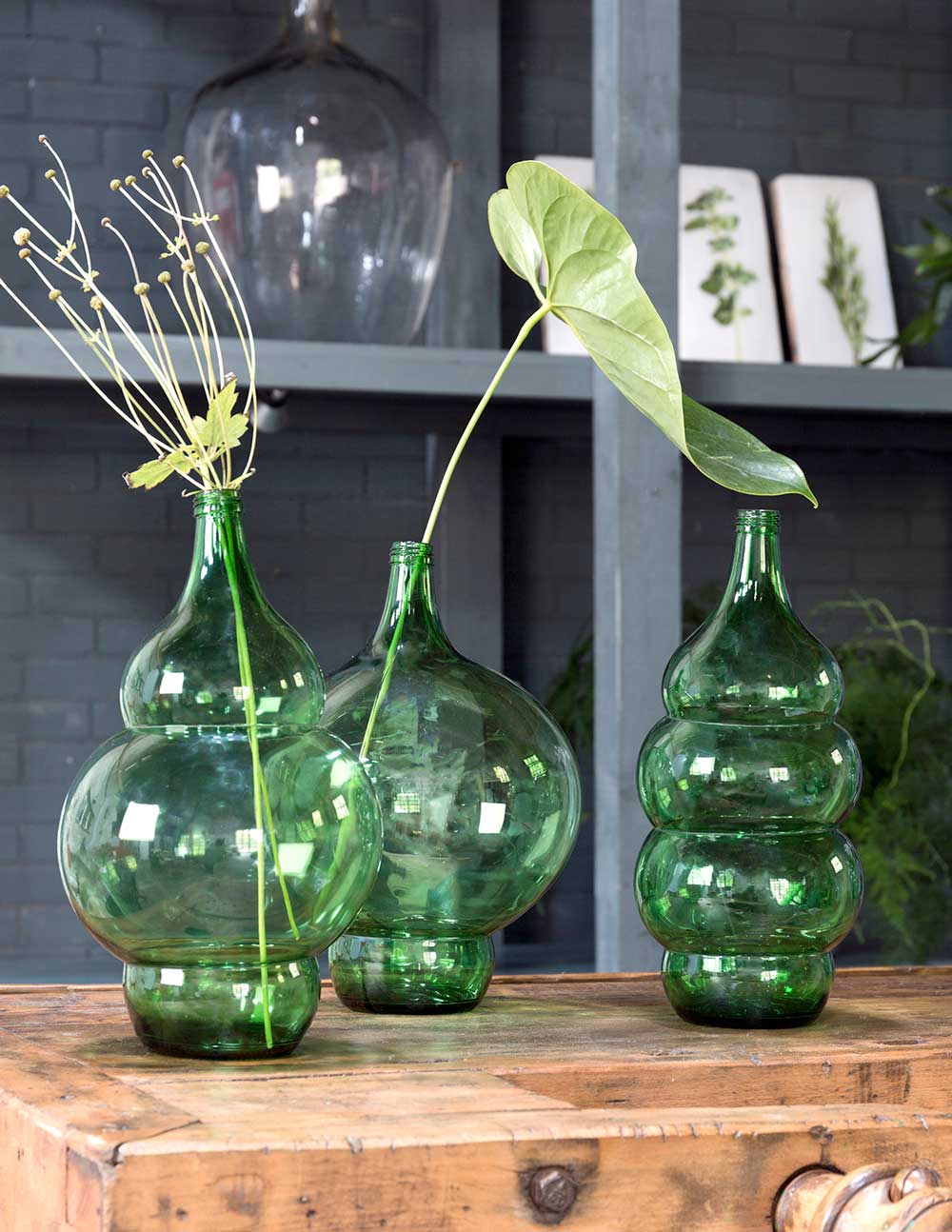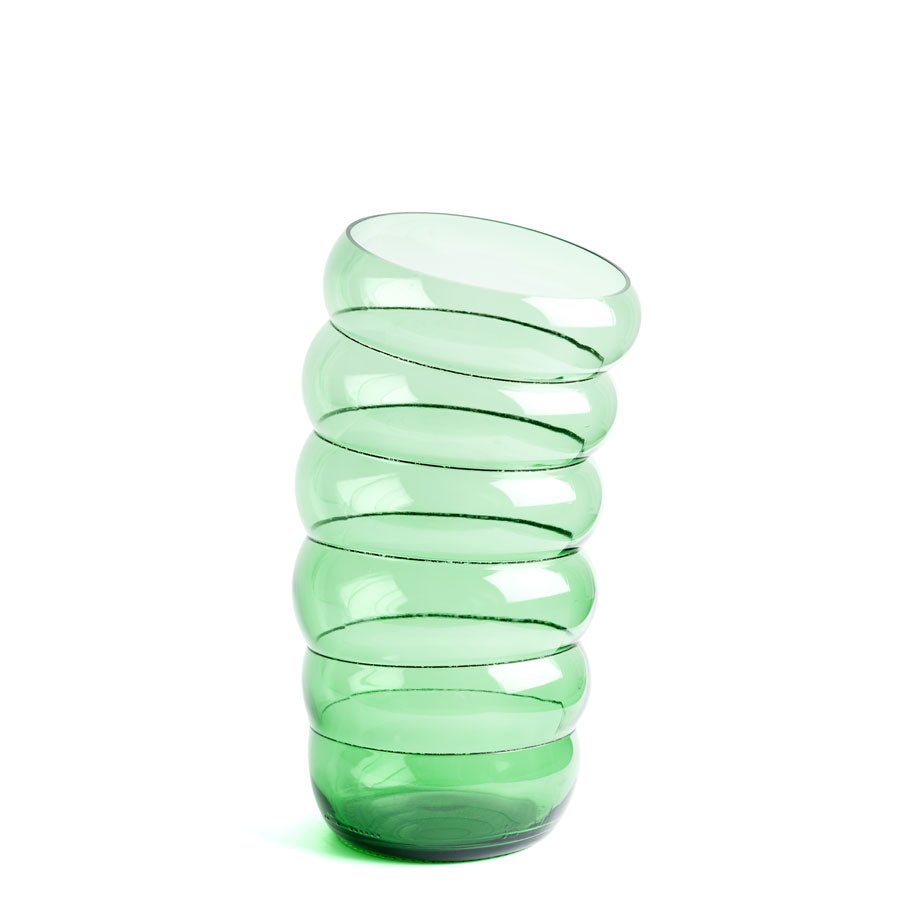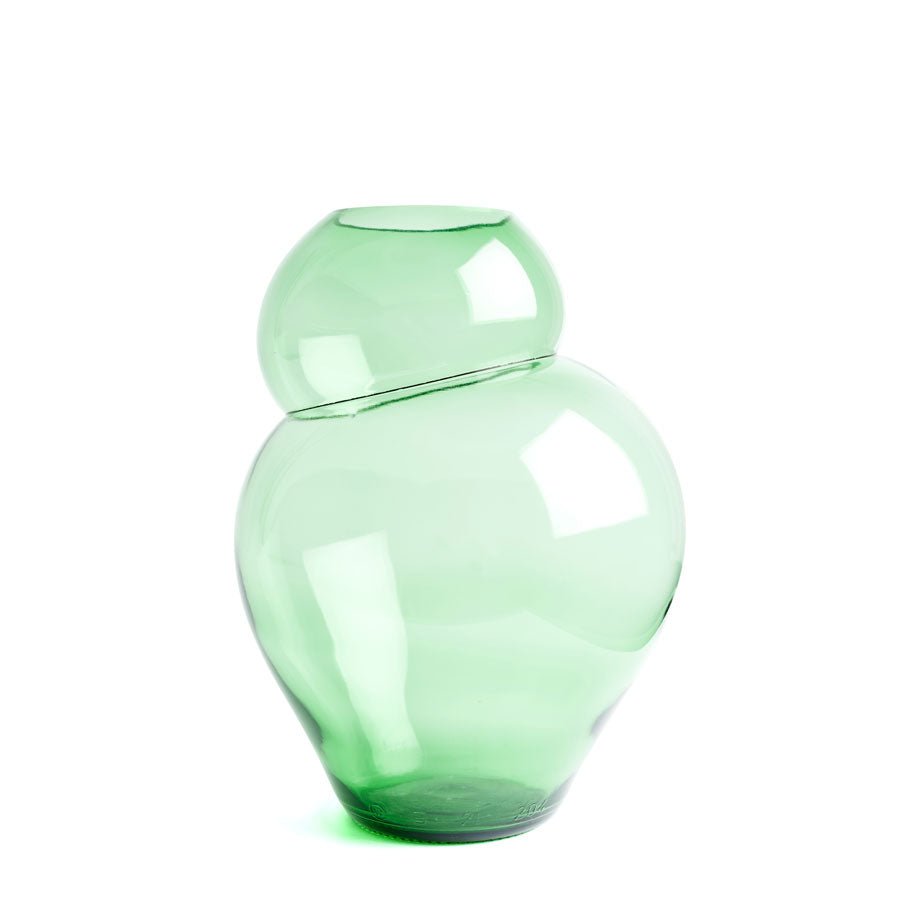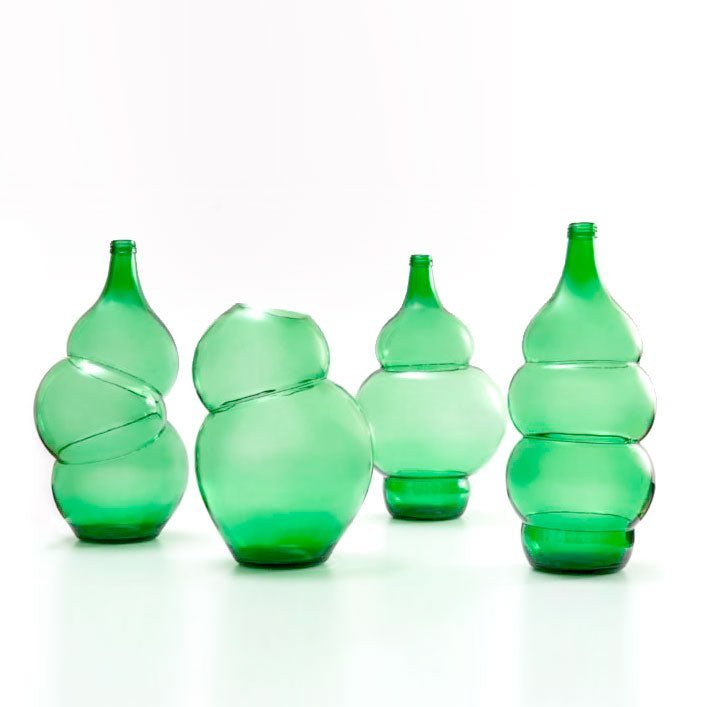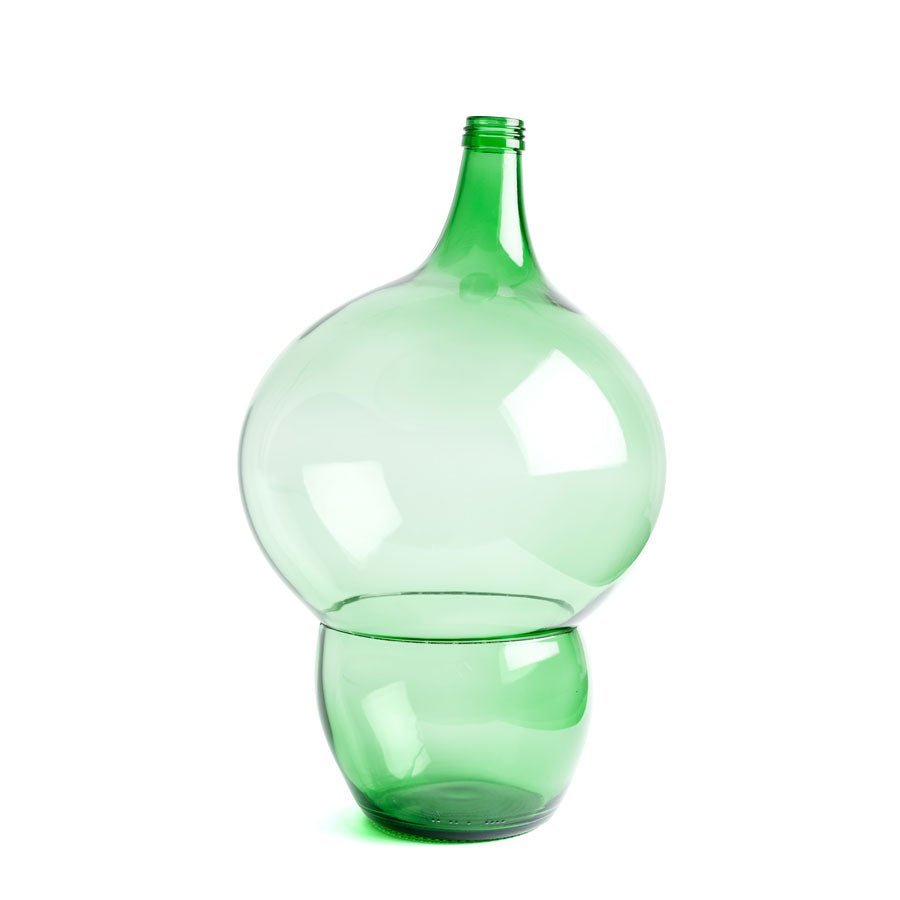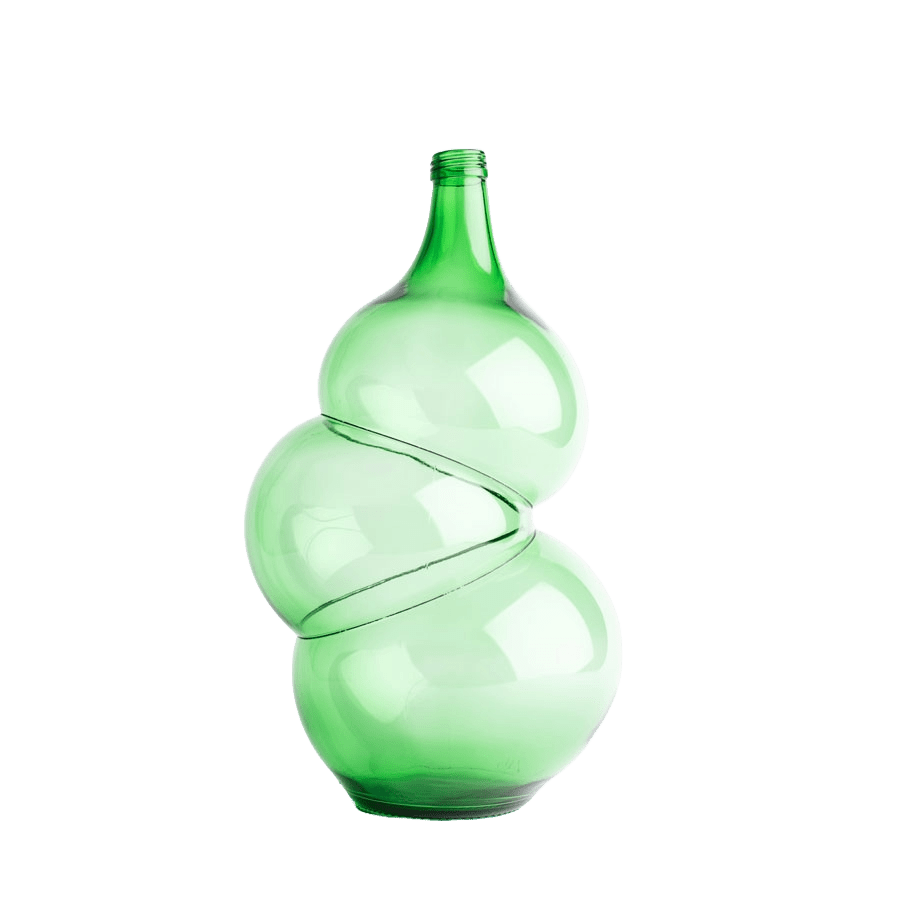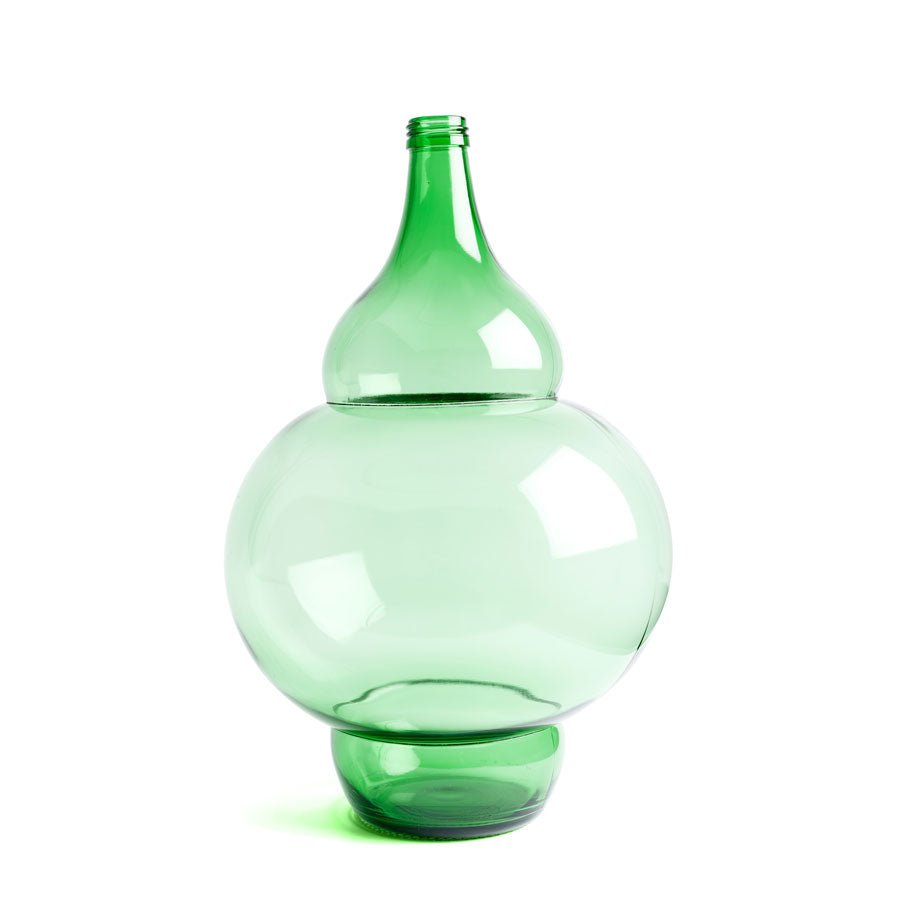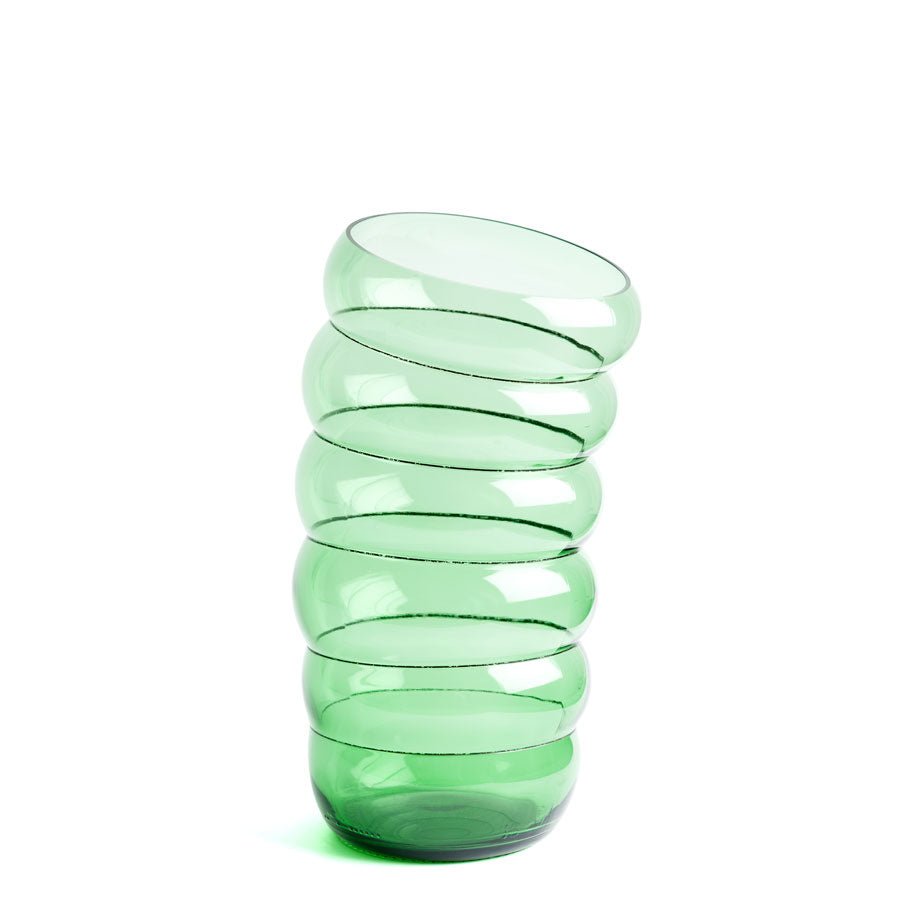
All about Dutch Design vases
For lovers of modern design, Dutch Design vases have become sought-after collectibles and investment objects in recent decades: innovative, durable and surprising. If you are looking for a striking Dutch Design vase, how to find out if you have a true original, or what to look out for when buying, here you will find everything you need to know.
What makes a Dutch Design vase unique?
Dutch Design is a household name worldwide thanks to its innovative mix of minimalism, experimentation and innovation. Dutch Design is unconventional and the designs often contain a touch of humour. The main characteristic of the Dutch design movement is that the design has a concept or story in addition to its original purpose (you can sit on a chair and put flowers in a vase).
The unique characteristics of a Dutch Design vase include:
- Craftsmanship and tradition: many Dutch Design vases are handmade - mouth-blown glass, hand-formed ceramics or porcelain - often in small batches. This ensures that almost every design vase is just that little bit unique.
- Designer signature: Dutch designers like Marcel Wanders, Hella Jongerius, Richard Hutten and Maarten Baas guarantee the typical Dutch design signature: humour, daring, experimentation and references to the Dutch landscape and cultural heritage.
Think, for example, of vases in the shape of a tulip vase (Roderick Vos), Floris Hovers' iconic carter vase, Hella Jongerius' vases and, of course, Klaas Kuiken's inflated bottle vases, available here at IKONIC . - Innovative shapes: Not standard flowerpot shapes, Dutch Design vases often feature playful interpretations of classic designs, the different application of objects and standard products, unexpected geometry, and experimentation with production techniques and materials.
- Sustainability and vision: Conscious choice of materials, reuse of raw materials, local production and collaboration with social workshops play an increasingly important role in Dutch design. The movement is characterised by designers seeing new trends in reusing everyday objects and reapplying them in new designs, combined with a down-to-earth mentality. This fits the growing trend of sustainable design, and so it also applies to Dutch Design vases.
Buying designer vases: what do you look for?
Whether you want to buy a large design vase as an eye-catcher, a subtle design vase for a few flowers or a design vase in coloured glass, you have plenty of choice. When making your choice, pay attention to the following aspects:
- Material: Glass is most popular because of its clarity and colour options; ceramic and porcelain again offer more variety in shape and texture. Consider combinations too!
- Dimensions: From XXL floor vases to small designer vases: determine the purpose (large bouquet, single flowers, solo object) and take into account the space where the vase will be placed.
- Recognisability and authenticity: buying a Dutch design vase online? Pay attention to the brand logo, any signature of the designer, or ask for a certificate of authenticity. This will not only make your design vase more valuable, but also avoid disappointment due to imitations, which is increasingly common these days.
- Functionality: Some design vases are mainly decorative and not (optimally) suitable for water or flowers. Before buying, check whether the vase is waterproof, especially with ceramics; unglazed vases are not always.
- Sustainability aspects: Ask or check if the vase is made of recycled glass and if it is made locally, for example, and check if the brand is transparent about production and transport. A sustainable design vase contributes to less waste and conscious consumption. Klaas Kuiken's design vases, for example, are made by the designer himself in Arnhem (NL).
- Care: Glass vases can usually be cleaned with lukewarm water and a bit of vinegar. For ceramics, a soft cloth or sponge is recommended. Avoid aggressive detergents. Do not leave water in a glass vase for long periods of time; the hardness of the water can cause stubborn limescale. For hard-to-remove stains or scale, soak the vase overnight in a solution of water and vinegar, or a dishwasher tablet. Remember to rinse and dry the vase well after cleaning.
How do I recognise an original designer vase?
More and more consumers want to be sure that the design object they want to buy is truly original. Nowadays, many items are counterfeit, and are often difficult to distinguish from “real” or original.
This is how to check the originality of your vase, or other design object:
-
Mark and lables: To check originality, look for features such as marks, serial numbers, use of materials and construction details. Also check if the vase meets the designer's specifications and look at the production details; if it has a rough finish and the materials look cheap, it may be fake.
-
History: Try to find out which brand (or brands) once produced the object. These brands have been given exclusive rights to market it on behalf of the designer. If there is another brand on the object you want to buy, it may be a copy.
For example, Alvar Aalto's famous designer vase is only produced by Iittala. -
Compare: Compare the object with originals: look at photos or information about the original design, for example on websites of museums that have it in their collection. This way you can notice any differences or discrepancies.
-
Supply and price: Do you suddenly see your designer vase or designer chair in the same colour on all kinds of marketplaces and shady webshops? And is the price really on the low side? Then it's probably too good to be true. Original design that is often sought after and collected retains its value. A good reason to buy original design and a good investment if you ever want to sell it again!
What are famous designer vases?
There are of course many well-known and beautiful design vases, but below is a small selection, which also happen to be our favourites:
- Hella Jongerius - Red White Vase : This design classic is made with moulds from restored medieval pots. The rough casting seams, together with the traditional fingerprint of the potter, give the impression of antique vessels. The vase has been included in museums worldwide.
- Marcel Wanders - Egg Vase: In a totally unexpected way, everyday products merge into an artistic object. Marcel Wanders had the bizarre idea of designing a porcelain object in the soft, wavy shape of a pile of eggs. Beautifully, the vase is glazed on the inside, leaving the outside beautifully matt.
- Jaime Hayon - Showtime Vase: Series of vases that look like Martians. True eye-catchers from Jaime Hayon's bizarre universe.
- Shiva Vase - Ettore Sottsass: Suggestively shaped vase by the Italian master designer. According to the vase's Spanish producer: ‘The only explanation we have for this design is that at the time he was very much in love with a friend in Barcelona, whom he visited regularly.’
- Klaas Kuiken - Blown Bottle Vase: Of course this one should not be missing from the list! One of the few design vases made of glass. Klaas' design vases are handmade in the Netherlands.
What are the trends in design vase coloured glass?
Design vases made of coloured glass are the eye-catchers of the moment - they combine traditional glass art with modern shapes and colours. Trends in Dutch Design vases include:
- Intense coloured glass: Collections by Pols Potten, Hay and BD Barcelona showcase vases in bright colours, as well as subtle pastel and earth tones. Colours flow into each other, often with effects such as swirl-glass, iridescent shimmer or bubbles (bubble glass).
- Soft transparencies & deep green: The trend colour for Dutch Design vase glass is green - from vintage frog green to modern moss green and olive green. Soft transparent blue, amber and pink are also seen a lot.
- Layering and optical play: Dutch Design vase coloured glass: this vase plays with light, structure and transparency, sometimes processed in layers. This creates beautiful colour reflections, especially in a sunny room.
- Unique pieces: Because mouth-blown, or handmade designer vases always have slight variations in colour, bubbles or shape, each vase is unique. This adds to the sense of craft and value, and it means you have something unique in your hands.
There is also a trend where combinations with other materials, such as wooden or metal bases, ceramic accents, or iridescent coatings, as in the case of Roderick Vos' vases. This gives large, simply shaped design vases a playful and contemporary character.
Design vases in coloured glass also lend themselves to combining multiple colours and shapes on a sideboard or shelf. This fits the trend of minimalist, playful decorating with high-quality design objects.
Frequently asked questions about Dutch Design Vases
- Are all Dutch Design vases handmade?
Not every model, but many of the well-known and iconic Dutch Design vases are indeed handmade, especially at small labels or in ceramics workshops like Cor Unum. Big brands often opt for limited editions. The craftsmanship ensures quality and makes each design vase unique.
- How much does a Dutch Design vase cost?
The price of a Dutch design vase varies from affordable small vases around €25-€40, for example simple mouth-blown ones, to exclusive design objects that cost hundreds to thousands of euros – such as unique pieces by Floris Wubben or hand-painted ceramic XL vases.
- Are designer vases waterproof?
Most design vases made of glass or glazed ceramic are waterproof and perfectly suitable for flowers. However, be alert to special art objects made of porcelain, unfired ceramics or combinations of materials, these are sometimes only intended for decoration. When in doubt, always ask the seller for advice.
- How do I maintain a design vase?
It is best to clean a glass design vase with lukewarm water and washing-up liquid or a little natural vinegar (against limescale). Do not use abrasive cleaning agents. Ceramic vases are rarely dishwasher safe; A soft cloth is usually sufficient. Pay attention to the manufacturer's instructions and avoid sharp temperature changes with handmade objects. Also take a look at the second paragraph for more cleaning and maintenance tips.
- How do I combine Dutch Design vases in interiors?
Combine different colors, heights and materials. For example, place a large design vase colored glass next to a few smaller transparent vases. This creates a dynamic look on a table or windowsill. Also nice: collect different Dutch Design vases in shades of green and blue as a group for an iconic and trendy 'botanic chic' effect.
- How do I recognize a sustainable design vase?
Pay attention to quality marks, use of materials (recycled glass, local ceramics), production in the Netherlands or Europe and transparent communication from the brand about sustainability. Timeless designs of quality often last for generations, which makes a durable design vase a real investment.
- Where can I buy Dutch Design vases online?
Reliable webshops include Mud in May, Flinders, FonQ, Pup Store. They offer a wide choice, a lot of Dutch design and information about the makers. In addition, you get a guarantee of originality and authenticity. But also take a look at the local design furniture store, give the local, independent retailer your purchase too! This is how we preserve these shops for our cities. Go to our store locator for an IKONIC point of sale near you.
Tips for combining Dutch Design vases
Do you want to do justice to Dutch Design vases in your interior? Some practical styling tips:
- Play with height: Place a large design vase glass next to smaller design vases with different colors and textures.
- Create a color palette: Combine design vase colored glass in different shades of green, or choose pastels for a fresh spring look.
- Mix materials: A cluster of ceramics, porcelain and glass gives a dynamic and contemporary effect.
- Use dried flowers: Design vases are ideal for small dried bouquets, which fits perfectly with the trend of slow flowers and sustainability.
